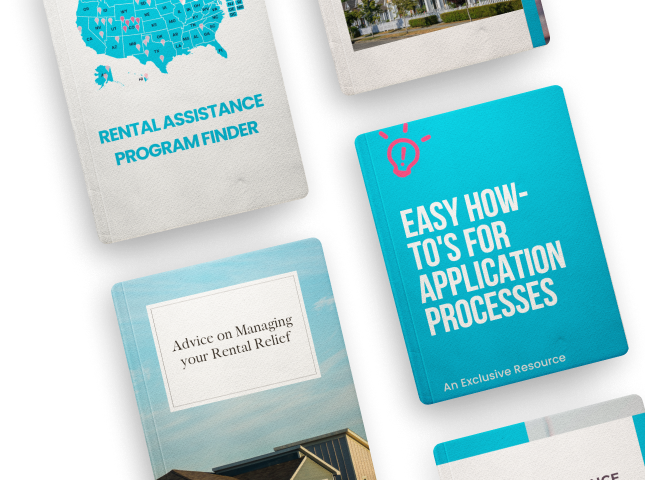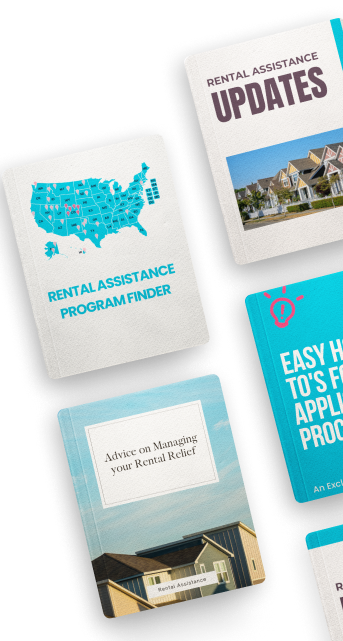White House Proposes Major Changes to Section 8 Housing Vouchers
These vouchers currently help low-income families pay for housing, but the proposal would replace them with block grants given directly to states instead.
What the Changes Would Mean
Under the proposal, states would have more control over how rental assistance funds are used. The administration said this would allow states to create programs that fit their specific needs.
However, the plan includes significant cuts to funding—about 40% less for rental assistance—and would limit how long some people can get help. For example, able-bodied adults could only receive support for up to two years. After that, the priority would shift to elderly individuals and people with disabilities.
Concerns About Homelessness
Housing experts and advocates warn that these changes could lead to a serious rise in homelessness. Kim Johnson from the National Low Income Housing Coalition said this could cause “an unprecedented” homelessness crisis.
Currently, only about one in four families eligible for rental assistance actually receive help. Housing advocates argue that cutting funds further would make it even harder for those in need.
Ann Oliva, CEO of the National Alliance to End Homelessness, expressed concern about additional changes to homelessness programs. She’s worried the proposal would reduce local control over funds and focus more on temporary housing solutions, like shelters, instead of permanent options.
“Homelessness happens locally — on streets and in neighborhoods — so local solutions are essential,” she said.
Shifting Costs to States
In the past, similar block grant systems, like those for welfare, have often seen money being repurposed for other uses instead of directly helping people.
Jessica Kubicki, a housing advocate from Connecticut, noted that cutting housing aid could cause ripple effects in other areas. For example, families who lose housing might rely more on emergency services, food programs, and even overcrowded schools. “Kids without stable housing struggle to sleep, learn, and even eat properly,” she explained.
Additional Cuts in the Federal Budget
The proposed federal budget also suggests cutting or ending programs related to affordable housing development, fair housing enforcement, and grants for improving communities. The administration claims that some of these funds have been misused for projects such as skate parks and event spaces.
Meanwhile, special rental assistance programs launched during the COVID-19 pandemic are also running out of money. Rising rents mean these funds are disappearing faster than expected, and the Department of Housing and Urban Development (HUD) has warned local agencies to prepare for this assistance to end next year.
Broader Federal Pullback on Housing Support
This proposal follows other federal moves to reduce housing assistance. The administration has already eliminated thousands of HUD jobs and canceled contracts that supported low-income housing programs. There’s also growing uncertainty about the future of Section 8 housing, as previous reports hinted at plans to drastically reduce it.
On the other hand, some lawmakers are trying to save the program. A bipartisan group in Congress introduced a bill in March to expand Section 8 housing vouchers. However, due to budget uncertainties, organizations like the Los Angeles Housing Authority have already stopped accepting new applications for the program.
-
Related Reading: New Homes in the US to Become $11,000 More Expensive Due to Trump's Global Tariffs












